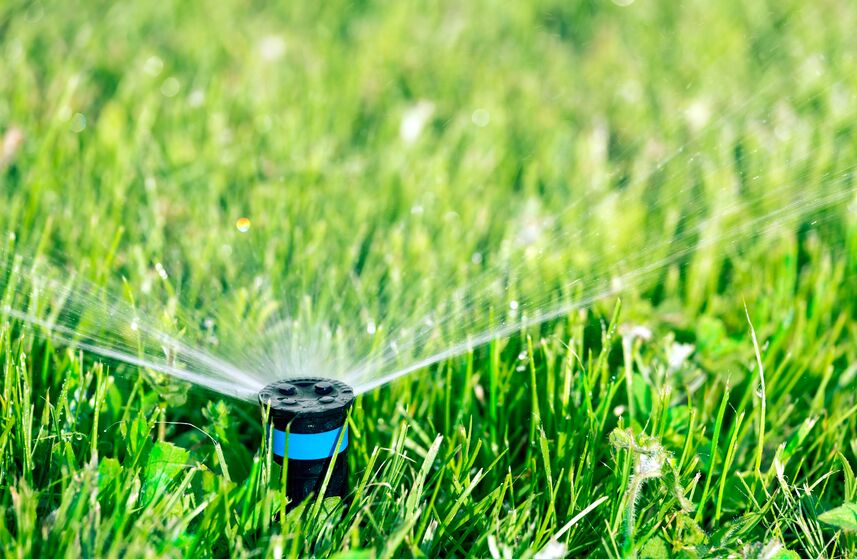
We know the condition of your lawn is important to you. After spending a winter buried under a thick blanket of snow, your lawn is likely looking not so lush and green. We also know that you’d probably rather not devote all your surplus time and money to maintaining it during the growing months. Fortunately, you don’t have to. By working smarter rather than harder you can have a lush, green lawn without wasting away your weekends and breaking the bank on lawn care supplies.
We understand that it is only January, but these things are meant to be looked at and prepared for once the Spring season hits!
Watering Your Lawn in the Spring
To start, the snowmelt here in Massachusetts should keep your soil well-hydrated for the first couple weeks of spring. During this period when grasses are just coming out of dormancy, overwatering can do more harm than good.
Typically, you should wait until the days become consistently hot and dry to start watering. You can even wait for your lawn to start showing signs of stress before you start watering; it will recover quickly once you treat it to a good soak.
Raking and Aerating
Be sure to put a rake through your lawn to rid it of any remnants from winter and get it ready for new seeds and fresh fertilizer. Loosening the soil in your lawn will help to ensure that water and air are able to permeate the grass’ root systems. This, in turn, will promote new, healthy growth in your lawn. Depending on the size of your lawn, you can use either a manual or gas-powered plug aerator to loosen the soil and allow the root systems to take a breath of fresh air.
Soil Testing Before Fertilizing
Fertilizing at the beginning of every mowing season will help your grass recover from dormancy quickly, but it will also leave your lawn vulnerable to weed growth. On top of that, early fertilizing will ensure that you must mow more, sooner. Instead of fertilizing right away, it’s best to perform a soil test to determine exactly what nutrients your lawn is lacking. This will minimize the amount of chemicals you have to apply to your yard and save you money on unnecessary fertilizing.
Sharpen Your Lawn Mower Blades
Dull blades will tear, rather than cut blades of grass, leaving the torn edges susceptible to disease. Sharp blades will also cut faster, reducing the total time required to mow your lawn.
Applying compost to your lawn is an alternative to fertilizing if you’re not looking to go that route. Spread a light, quarter-inch layer of compost each year to encourage healthy lawn growth and reduce the need for additional fertilization.
Water Early, Rather than Often
Watering in the cool early morning hours will prevent evaporation and allow water to penetrate the roots of your grass more thoroughly. In general, you should only need to apply roughly one inch of water per week to your lawn. If you receive heavy rainfalls, refrain from watering until a few days after the rain subsides. This will minimize stress on your sprinkler system and save you money on your water bill.
At Suburban Lawn and Sprinkler, find out how modern, efficient irrigation systems can keep your lawn healthy and green while saving you valuable time and money. Contact Suburban Lawn Sprinkler at (508) 872-2727 today or visit us online for more information!








